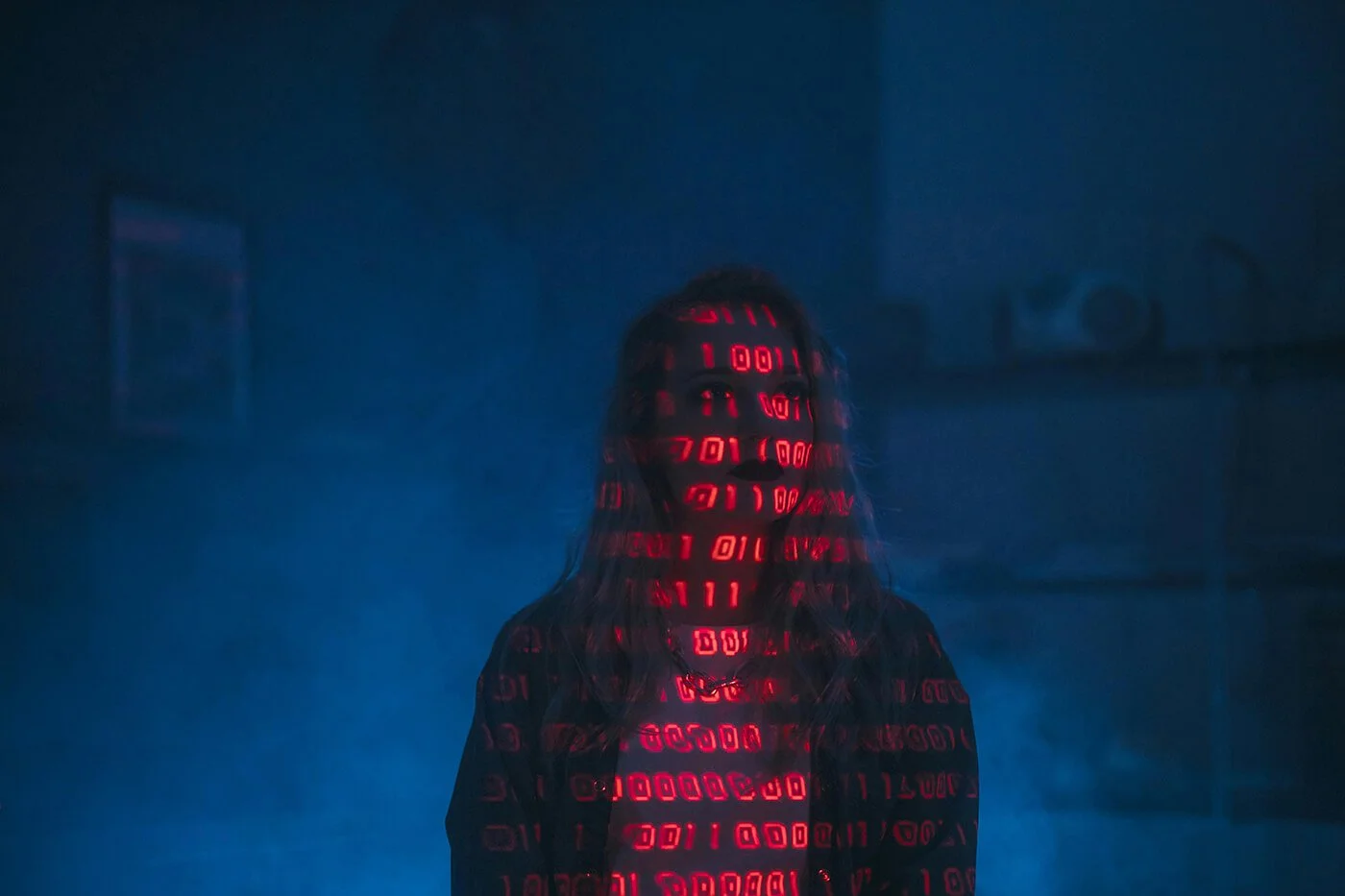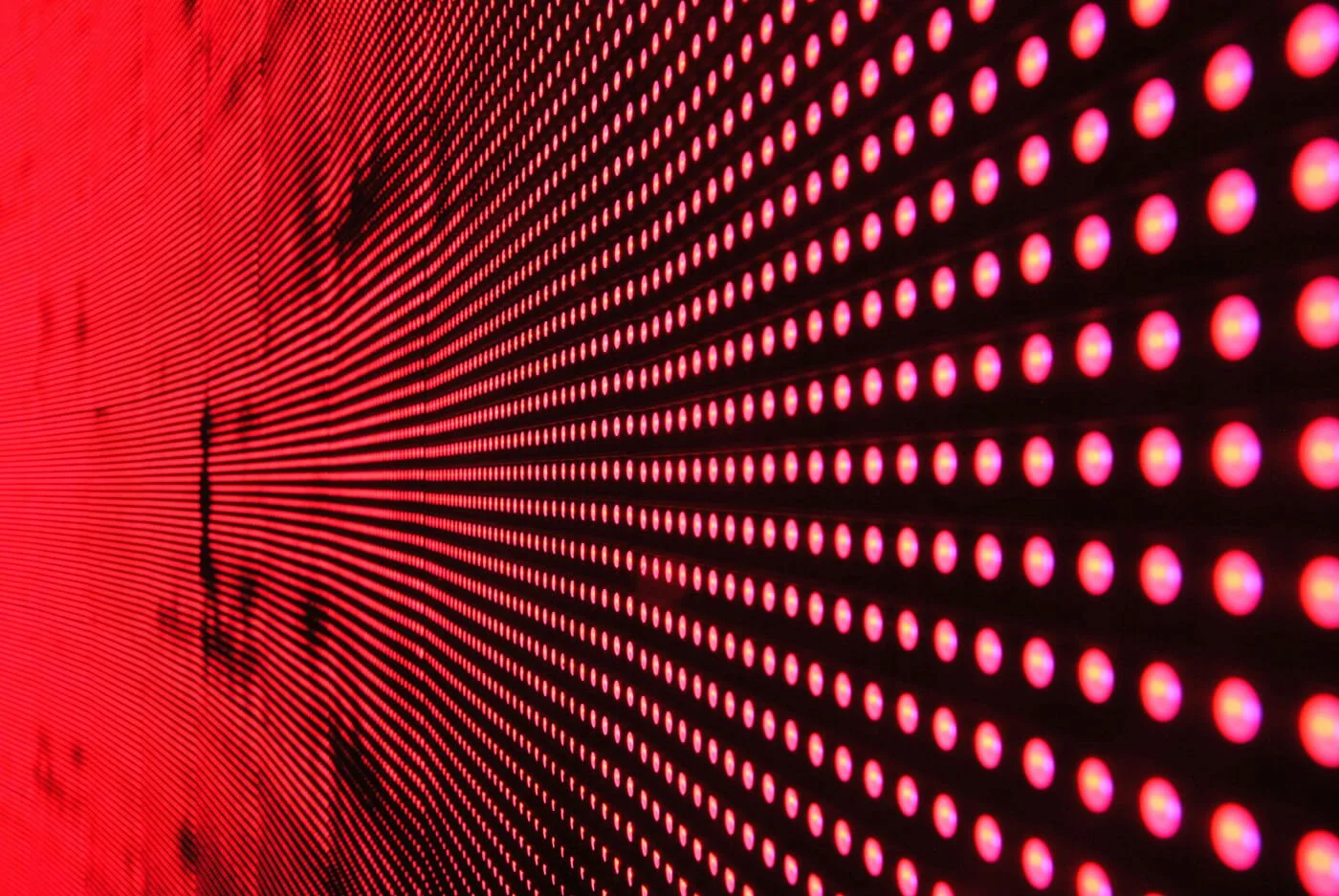Not a Monster, Not a Muse: Reflections on AI and the Future of Music
“Technologies are morally neutral until we apply them.”
— William Gibson
William Gibson’s insight reminds us that artificial intelligence is neither inherently hero nor villain, but a powerful new tool – whose impact depends on how we use it. In 2025, AI feels almost like the new myth of our age: a Promethean fire we’ve stolen, promising both wonder and catastrophe.
Ancient fables echo in today’s headlines. Yuval Noah Harari reminds us that from Phaethon to the Sorcerer’s Apprentice, the lesson is always the same: “Never summon powers you cannot control.” History has shown that fear and fascination go hand-in-hand whenever humanity harnesses something as potent as AI.
We’ve already witnessed AI’s uncanny creativity. In music, tools like Suno AI have stunned audiences by generating fully-produced songs—vocals, lyrics, and instrumentation—from just a text prompt. Suno’s very debut proved what these algorithms could do: it rapidly outpaced previous systems in variety and quality. Yet this leap forward has come with its fair share of controversy. Just like listeners form unconscious judgments, AI too forms patterns—often without context. Some accuse Suno of training on copyrighted music without permission, diluting artists’ revenue and the value of music itself. In practice, musicians today are divided between anger and experimentation: some vocally oppose AI, others quietly test its limits, while some established artists and producers have the creative and financial liberty to openly embrace it.
Regardless, the creative potential of AI is undeniable. As one OECD report notes, AI can analyze and re-mix millions of samples to “create new, original pieces,” giving artists fresh ideas or fully-formed songs. In mid-2023 the industry saw this vividly: an AI-generated track called “Heart on My Sleeve” used Drake’s voice and style so convincingly that it rocketed online before being pulled by record labels. This episode underlines AI’s power – and the ethical questions it raises. Companies responded swiftly: Google unveiled MusicLM, an AI that composes music from natural language, and Meta released MusicGen in open source. Meanwhile, even legends like Paul McCartney experimented with AI to resurrect John Lennon’s voice on a “new” Beatles track. Even Timbaland has publicly championed the rise of AI-generated pop stars, likening their cultural potential to Japan’s virtual icon Hatsune Miku. Clearly, AI in music has moved from speculative sci-fi to today’s studios and streaming charts.
The progress is double-edged. On one hand, AI offers exciting possibilities for creators: instant composition tools, automated mixing, and even mastering assistants. Plugins like iZotope’s Neutron use machine learning to suggest EQ and compression, and services like LANDR can apply AI-driven mastering to a track in seconds, emulating the mastering experience with varying degrees of success. Audio engineers can “crate-dig” by splitting stems with AI (as Suno and specialized tools can isolate vocals or drums). This frees musicians to focus on emotion and fluidity – to “create better versions” of their vision faster and more cheaply. On the other hand, as the OECD warns, progress also sparks very real concerns: Will AI steal jobs from songwriters and engineers? How will artists be compensated when AI learns from their work without credit? Musicians worry that human artistry could be devalued if “algorithms” flood the market with factory-made tunes.
Those fears echo a larger debate. Some technologists, like investor Marc Andreessen, proclaim that “AI will not destroy the world, and in fact may save it” – even calling AI a moral imperative for humanity’s future. Conversely, many thinkers warn that AI is unprecedented. Harari bluntly calls it “the first technology in history that can make decisions and create new ideas by itself,” noting that unlike previous tools, AI can act as an independent agent, not just an extension of human will. In other words, we’re summoning a new kind of power – one that might (like the apprentice’s broom) keep going beyond our control. A 2022 survey of AI researchers — those active in top industry conferences — found that over 50% believed there’s at least a 5% chance that advanced AI could lead to an existential catastrophe.
But we should keep perspective. The mythic doomsday scenarios – “robot uprisings” or rogue killer-drones – are cinematic extremes. In reality, AI’s impact is unfolding more subtly. As a creative professional, I see AI transforming work, not replacing creators. For example, many studios already use AI-assisted tools to flesh out ideas or mix audio faster, or to generate background tracks that a composer can then refine. AI can handle tedious tasks (like cleaning up noise or transcribing melodies) so humans can spend more time on the truly expressive parts of music. In design and writing, similar tools suggest ideas or drafts, but they still need a human eye to give them soul and context. As I wrote in For the Love of Sound, mastering isn’t just about loudness—it’s about intent.
The big change is that we’re all in a position where we have to learn to collaborate with AI. To think of it like a “mythical assistant” at our side: not inherently friend or foe, but given form by our own decisions. If history is any guide, we will slowly develop social and ethical norms for using this power. There are a variety of multinational organizations drafting guidelines to ensure AI’s usage in music and the arts is transparent and fair. Some labels debate how training data should be licensed. Some artists (like Grimes) even experiment with authorizing the use of their voices in AI songs, on terms they choose. These are early steps toward balancing innovation with respect for creators. And AI does hold genuinely exciting prospects for generative music of the kind pioneered by Brian Eno for decades.
In the end, perhaps the most profound shift we must face is philosophical. AI doesn’t just change our tools – it changes our story. Once we imagined disembodied robotics or dystopian overlords; today we grapple with alien intelligence (in Harari’s words) that blurs the line between likable humanoid and soulless machine. But we’re a long way from surrendering control: AI’s destiny lies in our hands. If we handle it with care – guided by the “human-centred values” ethic that many experts advocate – it can become a partner that enriches art.
AI is, after all, a tool of our own making. We can let it become a force that amplifies the best of human imagination, helping us give form to our ideas easier and faster. Or we can ignore the warnings and risk it running amok. In my view, the more enlightened path is cautious collaboration. We embrace AI’s gifts for music and art while staying vigilant about ethics and creativity. In doing so, we may yet write a new chapter in our myth—not Frankenstein’s monster, and hopefully not a Terminator future, but one where technology elevates human art. The next chapters of that story are ours to write.
If you're curious how I think about human touch, nuance, and restraint in my own work, you can read more about The Wright Balance Method.



